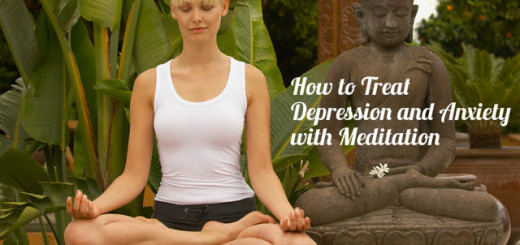Benefits of Surya Namaskar Exercise: Complete Guide
Yoga in India is known for its various healing powers and the way it keeps the body healthy and disease free. Yoga has been practiced in India from ancient time s and is still very popular with majority of people in India. The holistic healing powers of yoga are well known. It keeps you fit physically, mentally and spiritually. Surya Namaskara is one of the most powerful exercises, which is a set of 12 exercises. Doing just Surya Namaskara daily is enough to keep you healthy and fit.
You can do Surya Namaskara in two ways. One is to do it slowly and gracefully, concentrating on your breathing and the other method is to do it fast. The slower method helps you in relaxing your limbs and makes you calm. It is very effective for toning up your muscles and to make you trim and fit. Doing Surya Namaskara fast helps in burning the extra calories.
It is recommended that you do Surya Namaskara 12 times and remember that one set consists of twelve exercises. This way you have to do twelve sets.
Surya Namaskaras Step by Step Procedure with Pictures:
Pranamasana:
You start Surya Namaskaras with a short prayer to the Sun as it is the sun that provides you energy. Each set as you do, begin with its own little prayer or mantra. Chanting this mantra fills your body with fresh energy.
Hasta Uttangasana:
This is an exercise in which your body takes the shape of a half moon. Lift both your arms up and bend backwards with your hands stretched over your head. As you attain this position, you have to breathe slowly. Bend your body only a much as it is possible for you. Do not overstrain yourself. Breathing properly is very essential when you do this pose. You have to breathe in deeply when you do this asana.
Pada Hasthasana
The meaning of pada is foot and hastha means hand. When you do this asana, you have to bend forward and reach out your hands to touch your feet. As you bend forward, you have to breathe out. In the beginning you may not be able to bend properly and fail to touch your feet with your hands. But as you practice regularly, you will be able to do it easily. It is important that you breathe out as you bend forward.
Ashwa Sanchalasana:
The meaning of Ashwa is horse and as the name suggests, you have to take the form of a reigned horse in this posture. This is a posture in which you have to breathe in. Once you have done Pada Hastha asana, you have to stretch your right leg backwards, while you keep the left leg as it is. Keep your hands on either side of the left leg and then breath in and look up.
Parvatasana:
Here you have to move your left leg back and bring it with the right leg and then lift your central part up so that you take the pose of a mountain. Breathe out when you take this posture. Take care not to lift your heels from the ground. Both the feet must be put firmly on the ground. If your heels leave the ground, take your hands close to the feet. With practice you will be able to do this pose correctly.
Shashtanga Namaskara:
Next you have to go down on the floor and take a pose such that your feet, knees, stomach, chest, palms, chin, nose and the forehead touch the ground. These are the eight limbs of your body with which you salute the sun. Remember not to touch your bottom to the ground. When you take this pose, you have to breathe in.
Bhujangasana:
This is the snake pose. From the Shashtanga Namaskara, you have to relax your legs and bring the mid portion of the body down to the ground. Raise your torso from the ground with the hands kept flat on the ground. When you take this pose, it looks similar to the pose of a cobra that is ready to strike its victim. Breathe in as you take this posture of the cobra.
Parvatasana:
After taking Bhujangasana you have to go back to the Parvatasana. Lift you’re your middle part up and keep your palms and the feet on the ground as you kept in Bhujangasana. Breathe out as you take this pose.
Ashwa Sanchalasana:
From Parvatasana you have to go back to the horse posture. When you took Ashwa Sanchalasana earlier, you had taken your left foot forward. So, now you have to bring your right foot forward and let the left foot stay where it is. Breathe in when you take this posture.
Pada Hasthasana:
Let your left foot join with the right foot and let your hands remain where they are. Now lift your body and take the Pada Hasthasana as described earlier. Breathe out as you enter this posture.
Hastha Uttasana:
After attaining the Pada hasthasana posture, lift both of your hands up and bend your body backwards and take the posture of Ardha Chakrasana or Half moon posture. Breathe in as you do this posture.
Pranamasana:
Here you breathe out and relax, and then get back to the pose you took in the beginning, the Namaskara Mudra.
This is one set of Surys Namaskaras. Repeat this 12 times to get the maximum effect. If you do this properly every day, you need not do any other exercise to keep your body fit and healthy. Some who are very health conscious and want to keep their body trim and well tuned do as many as 120 Surya Namaskaras per day. But if you are a beginner, never do too much at once. Increase the number gradually.




